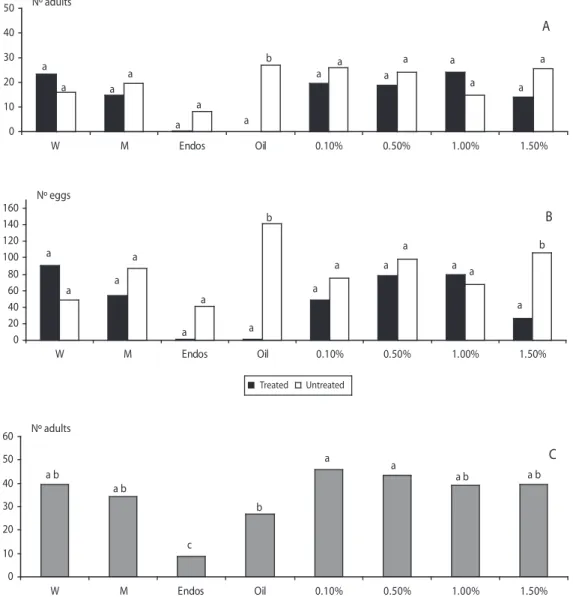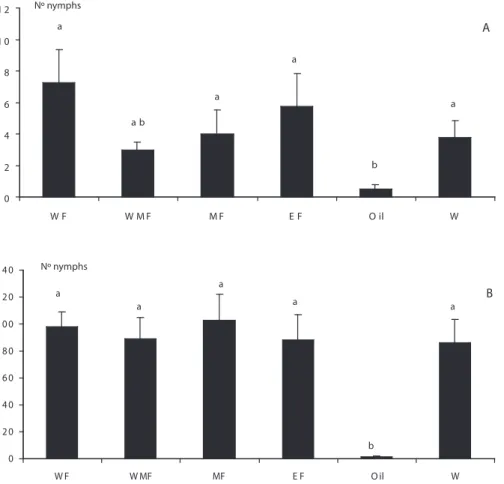Antifeedant activity of botanical crude extracts and their fractions on Bemisia tabaci (Homoptera: Aleyrodidae) adults: II Sechium pittieri (Cucurbitaceae)
Texto completo
Figure




Documento similar
The effect of the type of salt (sulphate, citrate, phosphate) and its concentration, and PEG molecular weight and its concentration, as well as the effect of the addition of
The study has covered four possible solvents for the extraction (acetonitrile, methanol, ethanol and water), the optimum temperature for extraction (10–60 ◦ C), the extraction
(2007) Accumulation of arsenic in tissues of rice plant (Oryza sativa L.) and its 974. distribution in fractions of
The results also suggest that the nature of the COVID-19 impact (except for the loss of a loved one) may not be as relevant for the older adults ’ well-being as their appraisals
[r]
We describe the exfoliation of these materials and the formation of stable suspensions in water, suitable to interact and detect a variety of potential water contaminants such as
• Inadvertently, virtual water will play a greater role in food trade – simply as a function of increasing water scarcity and the disparity of water availability between countries
The differing responses of the roots to drought and infection were reflected in the early reduction of photosynthetic activity and relative changes in biomass allocation under



